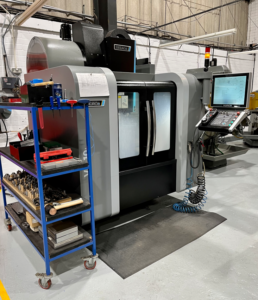Using CAD/CAM techniques we have the capability and expertise for many tooling projects in-house but also use a host of highly skilled toolmakers to select the most appropriate tooling pathway for each project.
We offer a full range of services to our customers and our design and manufacturing capability includes:
- Assistance with initial Concept Generation.
- Component realisation and prototyping and 3D printing.
- Modifications to 3D CAD Models.
- Assistance on material selection.
- Project Management (design, tooling, production).
- Tool creation in a virtual environment.
- Flow Simulation, Component and Tool validation Analysis.
- Tool CAD and drawing capabilities for approval of tool GA’s prior to manufacture.
We have invested heavily in our design engineering and programming capabilities, using Hexagon manufacturing’s VISI CADCAM software we can react quickly to customers’ requirements with immediate response and component design proposals.
Our application of Production Engineering Standards drives precision in every detail. Using state-of-the-art software and machining centres we ensure a ‘right first’ philosophy in everything we manufacture. We undertake modification to existing tooling along with servicing and repairs to tooling meaning that any tooling issues when a tool is in production are resolved quickly and smoothly with minor impact to our customers supply chain.
We help guide customer to the correct selection of tooling and materials for their project from Aluminium prototype tooling for low volume to P20 and H13 hardened high volume tooling.
